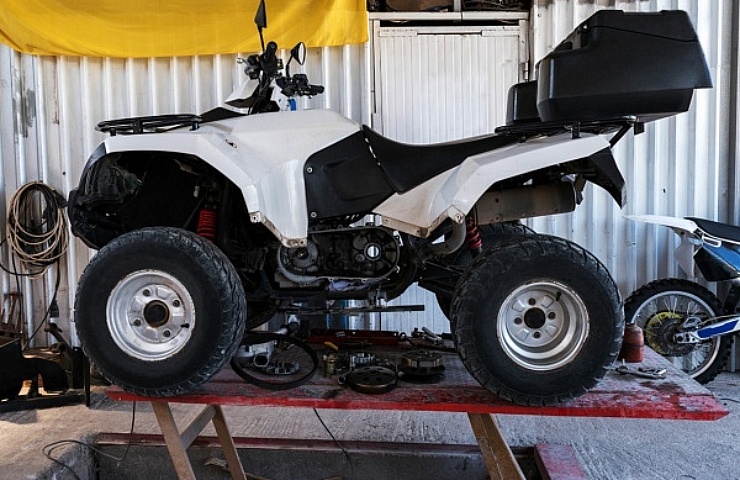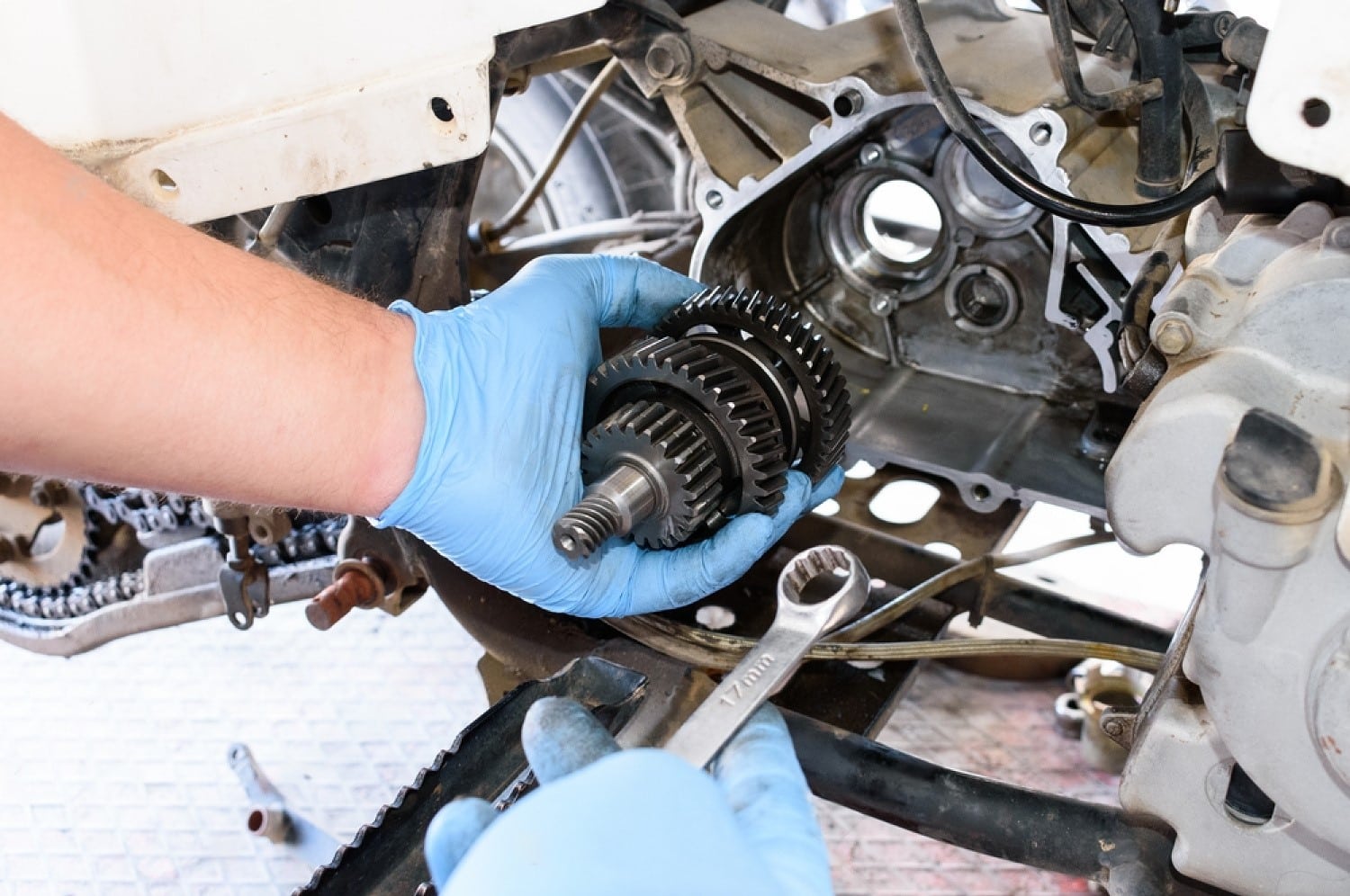ATV Happiness: Discover the Ultimate Off-Roading Experience
ATV Happiness: Discover the Ultimate Off-Roading Experience
Blog Article
ATV Riding Techniques: Mastering the Art of Off-Roading

Body Positioning
To efficiently browse with difficult off-road surface, it is critical for ATV cyclists to constantly preserve correct body placing. Maintaining the proper body position while riding an ATV not just enhances control and stability but also guarantees the motorcyclist's safety. By adopting the correct body positioning methods, cyclists can successfully disperse their weight, improve their balance, and reduce the threat of mishaps or injuries.
One trick facet of proper body placing is keeping the feet on the foot pegs. Placing the feet on the foot fixes allows the cyclist to preserve stability and control over the ATV. The cyclist's knees ought to be slightly curved, giving a mild suspension to soak up shocks and keep balance. Furthermore, the rider's top body should continue to be kicked back and adaptable, enabling seamless and fast activities when necessary. This includes keeping a light grip on the handlebars to keep control without excessive pressure.
Furthermore, the motorcyclist's eyes need to constantly be focused in advance, checking the surface and preparing for any type of obstacles or changes in the trail. By keeping a forward stare, motorcyclists can make split-second choices and respond properly to challenging surface.
Throttle Control
Structure upon the value of appropriate body placing for ATV cyclists, understanding throttle control is a vital ability that enables cyclists to properly steer through various off-road terrains. Strangle control refers to the capacity to regulate the amount of power delivered to the ATV's engine. By recognizing how to adjust the throttle, cyclists can guarantee a smooth and regulated velocity, enabling them to navigate challenges with precision.
One of the essential aspects of throttle control is learning to regulate the throttle smoothly. Abrupt or jerky activities can cause the ATV to lose traction or end up being unsteady, making it hard to preserve control. Rather, motorcyclists must intend for purposeful and gradual throttle inputs, especially when passing through challenging surfaces. This technique allows the ATV to maintain a consistent rate and offers far better grip, reducing the threat of accidents.
Along with smooth inflection, riders have to also find out just how to balance the throttle with various other riding strategies, such as body positioning and stopping. When climbing up high hills, bikers require to apply enough throttle to maintain momentum without overpowering the ATV or triggering wheel spin. In a similar way, when coming down high slopes, bikers ought to utilize the throttle in combination with appropriate body braking and placing to keep control and avoid the ATV from sliding or tipping over.

Braking Strategies
An important facet of ATV riding strategies is understanding effective braking techniques. It is crucial to keep in mind that rough braking with just the front brake can trigger the ATV to pitch forward, possibly leading to loss of control or also turning over. By grasping these stopping techniques, you can boost your ATV riding abilities and make sure a risk-free and satisfying off-roading experience.
Cornering Strategies
One important aspect of grasping ATV riding strategies is recognizing efficient cornering strategies. Collaring on an ATV can be tough, but with the right strategies, bikers can browse turns safely and effectively. The trick to successful cornering is to preserve control of the ATV while maximizing traction and minimizing the threat of toppling.
To carry out an appropriate cornering method, bikers should come close to the turn at a suitable speed, ensuring they are not going also fast or too slow-moving. It is crucial to change the body weight towards the within of the turn, leaning into it to keep balance and stability. This aids for the centrifugal pressure and maintains the ATV upright.
Furthermore, riders should keep their eyes concentrated on the exit factor of the turn instead of the instant course ahead (ATV). This permits smoother and much more specific guiding, as it helps the motorcyclist anticipate any kind of barriers or adjustments in surface
Moreover, proper throttle control plays a considerable role in cornering. Riders must regulate the throttle smoothly, avoiding unexpected velocities or slowdowns, which can trigger loss of control.
Uphill and Downhill Riding
When navigating off-road terrain, ATV cyclists must understand the techniques for uphill and downhill riding to keep control and guarantee security. Downhill riding, on the other hand, requires riders to lean back and her response move their weight towards the back of the ATV. By understanding the strategies for uphill and downhill riding, ATV riders can with confidence take on various off-road surfaces and take pleasure in a exhilarating and risk-free journey.
Final Thought
In verdict, grasping the art of ATV riding needs a mix of body positioning, throttle control, braking techniques, and reliable cornering. Uphill and downhill riding also require particular abilities to browse securely. By applying these techniques, motorcyclists can boost their off-roading experience and enhance their general control and security on the ATV.
ATV Riding Techniques: Understanding the Art of Off-Roading is a thorough guide that dives into the details of understanding the skills required for off-road ATV riding. view it Whether you are a newbie or a skilled biker, ATV Riding Techniques: Understanding the Art of Off-Roading provides essential recommendations to assist elevate your off-road ATV riding skills to the next degree.

Report this page